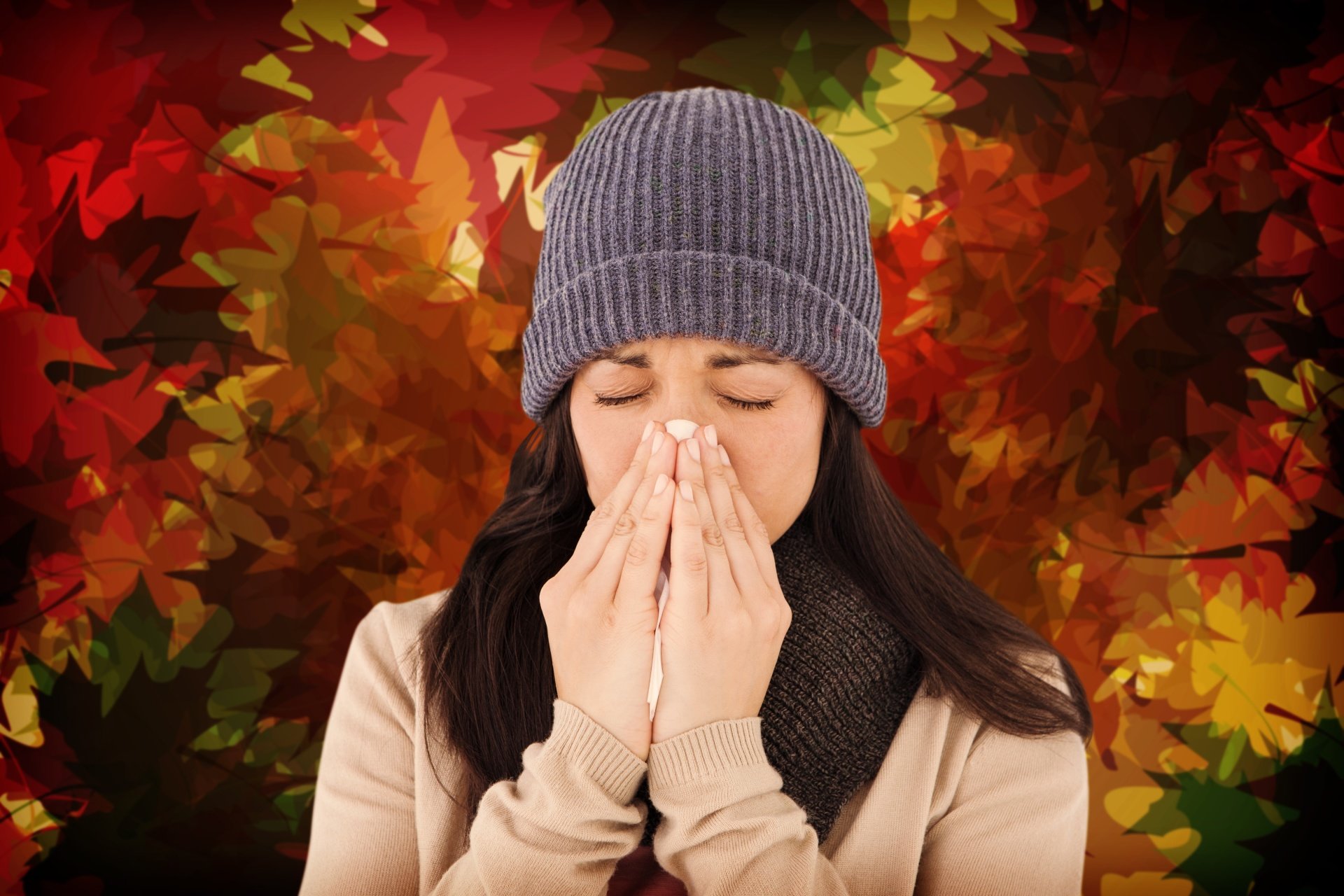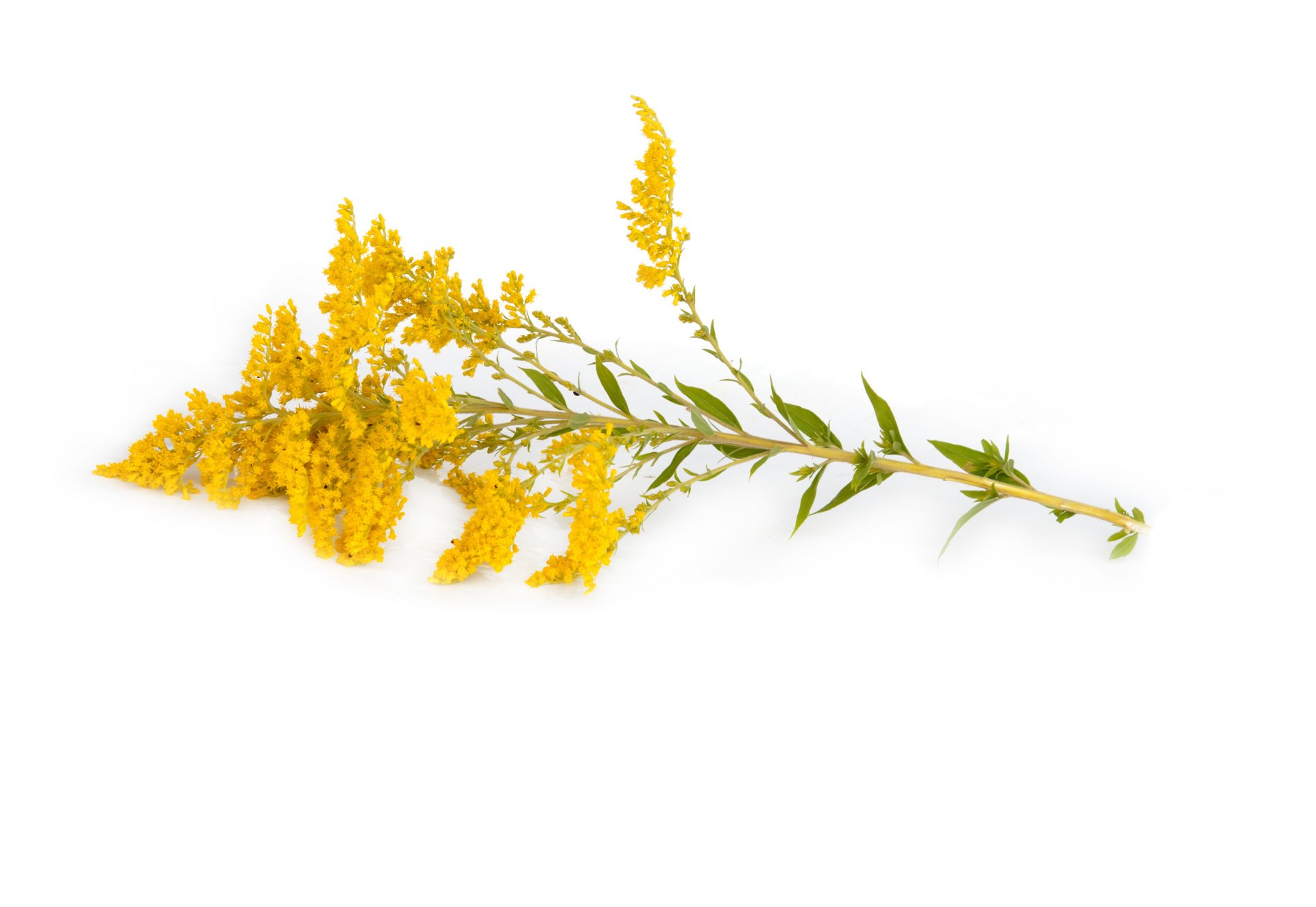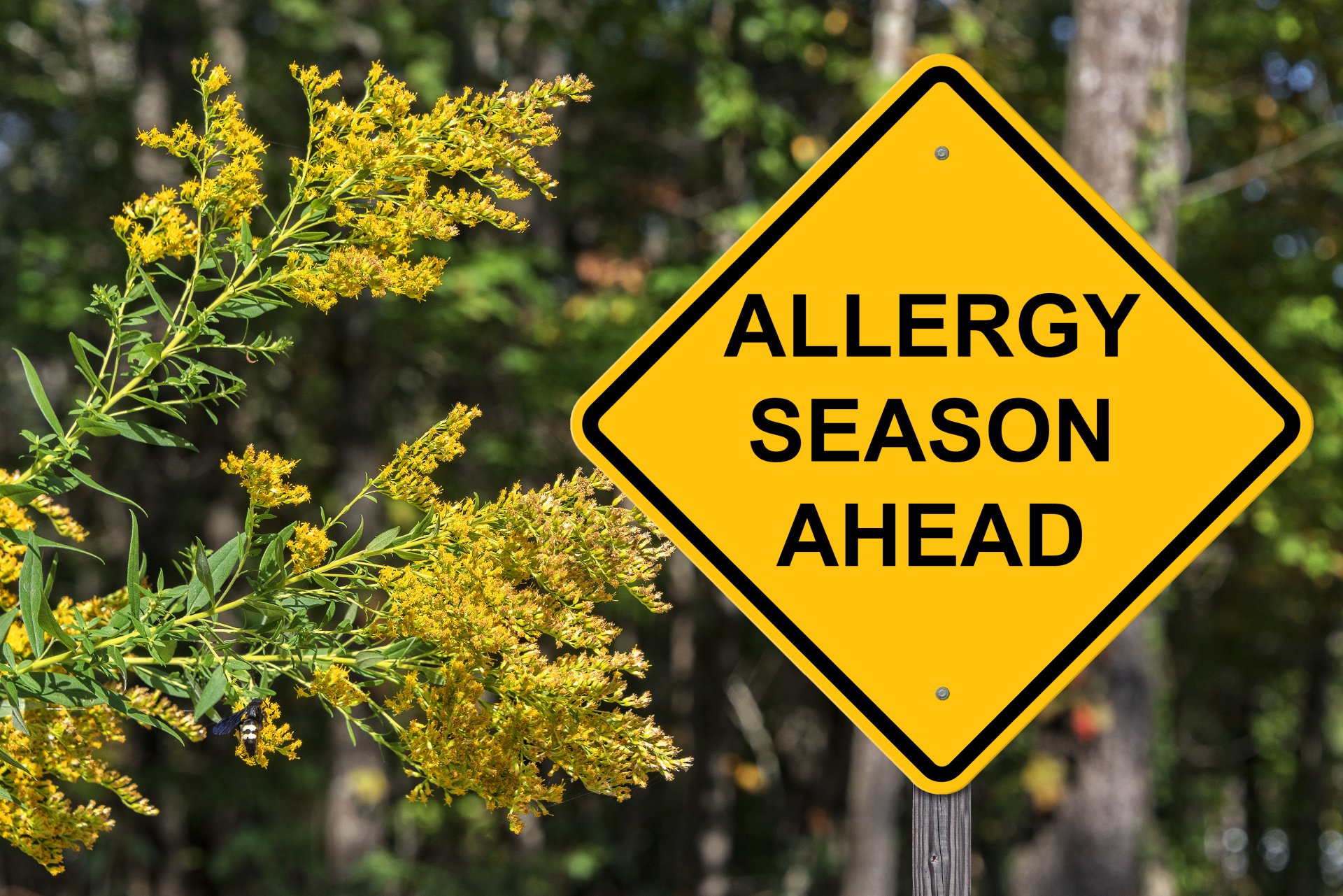Most seasonal allergy sufferers are well-accustomed to the spring arrival of all the grasses and pollens that turn their peaceful world into a constant barrage of sneezing, itching, and wheezing. But did you know that seasonal fall allergies can be just as troublesome?
Just as you are ready to enjoy falling leaves, cozy sweaters, and all things pumpkin, you suddenly may find yourself wondering if it is April all over again. If you find that the switch from summer to autumn brings you itchy eyes and a scratchy throat, you may indeed have fall allergies.

Many people quickly reach for an over-the-counter remedy such as Benadryl at the first sign of seasonal allergy symptoms. Some choose to suffer instead. At Balanced Care, we are here to help you find a healthy, natural solution that will give you relief so you can enjoy the lovely fall season.
Why Is My Nose Suddenly a Faucet?
Previously referred to as “hay fever,” seasonal allergies are just that: allergic reactions to something in the environment that occurs at specific times of the year. The host of symptoms that include sneezing and a runny nose is called allergic rhinitis in the medical world.
Spring allergies typically get all the attention, but for many individuals, fall symptoms are just as difficult to manage. Here are some likely autumnal culprits and triggers:
Ragweed: Ragweed is a flowering plant that grows easily through much of the world. The United States has 17 different species of ragweed and most bloom between August and November. The majority of allergic rhinitis cases are thanks to ragweed. It can lead to headaches, itchy eyes, and wheezing, along with nasal symptoms. For individuals with asthma, ragweed can make symptoms worse.
Extended warm weather: Although most people enjoy the lingering sunny days in the early fall, the warm weather does allow seasonal allergies to remain in full force. In areas with high humidity, or on days that are windy, mold spores are released and travel easily. With roughly 1000 types of mold in the United States, this allergy is tough to avoid. Since it grows both inside and outside, mold is particularly cruel to allergy sufferers.
School days: Believe it or not, the simple act of returning to school can be a problem for those with allergies. Older buildings may have poor ventilation, leading to problems with mold and dust. Industrial cleaners and maintenance products and the fumes they emit may cause symptoms to start. Some classrooms have pets that create a histamine response. Schools that have been painted recently may emit VOCs that can lead to headaches and respiratory problems.

I Feel Like My Allergies Are Worse Every Year
If it seems like your symptoms grow more severe each year, you may be right. Unfortunately, the growth and spread of ragweed are increasing as climate temperatures rise. In a 20-year span, the average length of the ragweed season in parts of Canada and the US has grown tremendously. Some places are seeing an extra 20 or more days added onto a typical seasonal allergy season.
Furthermore, ragweed species are spreading rapidly through Europe and other parts of the world that didn’t have them before. As a wind-born pollinator, ragweed is almost impossible to avoid during the fall allergy season.
As days and weeks and months trend toward warmer and warmer temperatures, pollens and molds have plenty of time to grow and spread, wreaking havoc on your eyes, ears, nose, throat, and lungs. So if you feel like allergens have the upper hand in your body, you may be right.
Remedies for Fall Seasonal Allergies
Your local pharmacy is likely to have shelves upon shelves filled with various allergy remedies in addition to the prescription medications that are available. Most of these have side effects, however, that you’d probably like to avoid.
Now, let’s take a look at how you can take back control over your health.
1. Close your windows. Although it feels nice to have some fresh fall air come into your house, that air is most likely carrying the very allergens that are making you miserable. Keeping doors and windows closed will help prevent a lot of your troubles before they start.
2. Skip the clothesline. Drying clothes on a clothesline has had a resurgence in popularity in recent years. But for seasonal allergy sufferers, it’s best to stick with drying clothes indoors. Everything you dry outside is probably going to end up with pollen or mold on it, so you would then be bringing all those allergens right into your house.
3. Wear a mask. Given the airborne nature of ragweed and the windy nature of autumn, those with seasonal fall allergies should consider wearing a medical mask when out and about. In particular, anyone with asthma should wear a mask to avoid triggering a respiratory emergency.
4. Try a neti pot. This ancient device from India uses a saline solution to cleanse the nasal passages. Although it is not necessarily the most comfortable feeling (think ocean water up the nose), it is effective. Proponents of the neti pot vouch for its ability to help alleviate allergy symptoms and sinus infections.
5. Eat anti-inflammatory foods. When your immune system reacts to allergens, this response triggers inflammation throughout your body. Sticking to a diet that suppresses this inflammatory response will help ease allergy symptoms. Ginger, garlic, onions, salmon, walnuts, and berries all contain properties that reduce inflammation.
6. Consider homeopathic and Chinese medicine remedies. If you are under the care of a knowledgeable practitioner, he or she may be able to guide you through the careful use of non-western treatments for allergy symptoms. There are many non-pharmaceutical options available, and your provider can guide you to the right choice.
Balanced Care Can Help
Allergy season can be unbearable for a lot of people, but you don’t have to suffer through on your own. At Balanced Care, we will work diligently to help build a plan for your overall health that will also give you relief from seasonal allergy symptoms.


